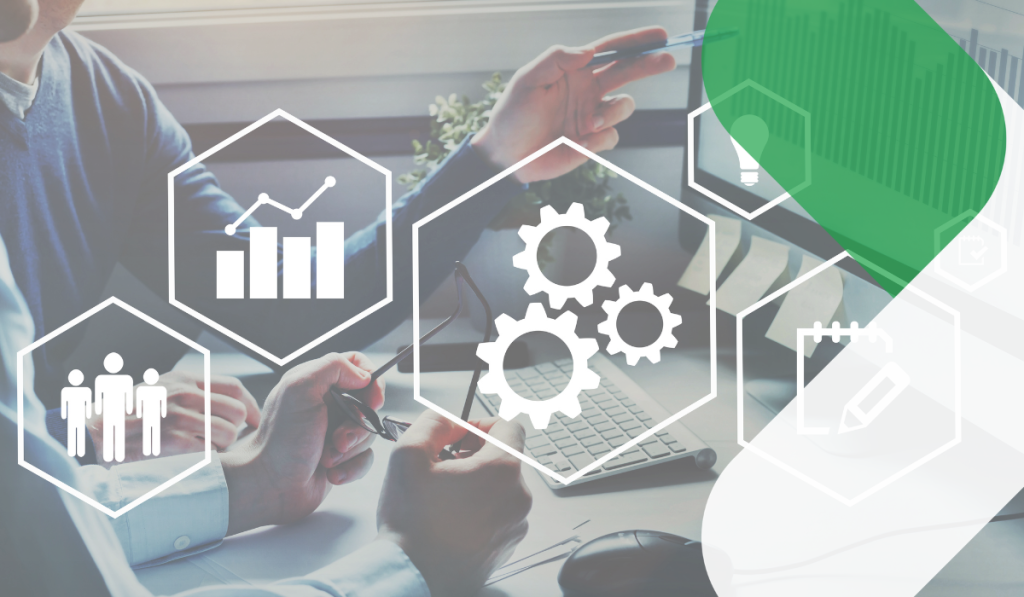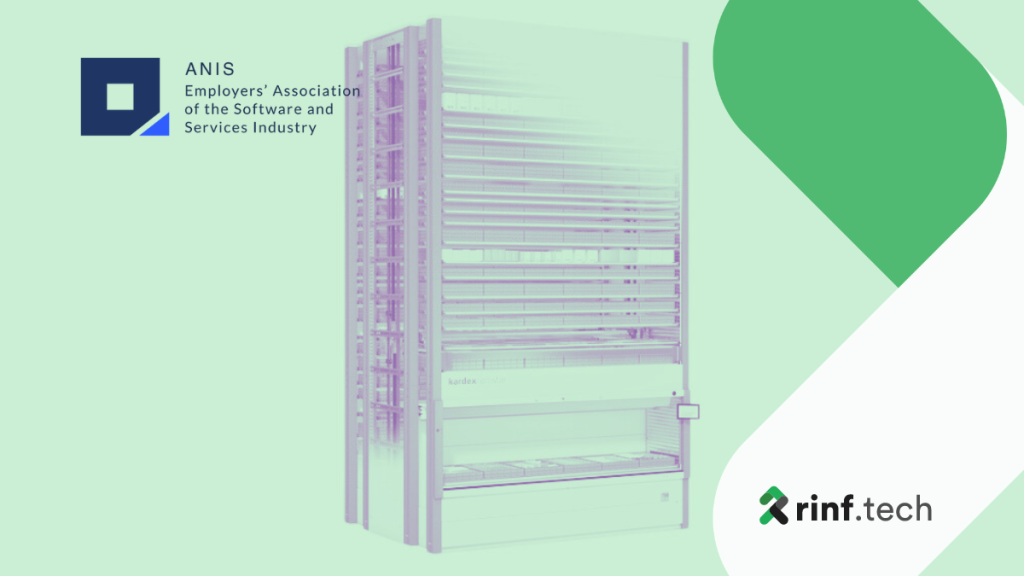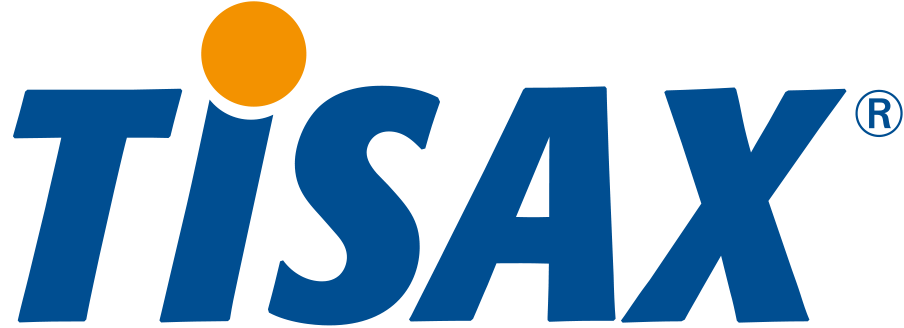Robot Programming defined
Robot programming embeds intelligence into machines. It involves writing computer commands that can enable machines to perform certain functions and react to their environments. Robots can be programmed to have varying degrees of autonomy. Some robots are entirely autonomous, others are semi-autonomous, and some pre-programmed robots rely heavily on humans.
McKinsey’s 2022 Global Industrial Robotics Survey reveals that industrial enterprises are set to invest heavily in robotics and automation. 23% of retail and consumer goods sector respondents plan to spend more than $500 million on robotics and automation in the future. 15% of respondents from the life sciences, healthcare, and pharmaceuticals industries and 15% from the food and beverage industry also expect to spend upwards of $500 million on automated robots. This undoubtedly makes robot programming one of the most important capabilities in the world, one that can help businesses of all sizes and from all sectors.
Types of robots and their programming requirements
The end-use application for robots varies across industries. The aforementioned McKinsey survey states that the top 8 use cases for automated robots include:
- palletization and packaging,
- material handling,
- goods unloading and storage,
- forklifts,
- sorting,
- quality assurance,
- picking, and
- lifting.
There are numerous other use cases and unlimited future potential for the application of robots. Getting acquainted with different types of robots and their programming requirements is important. Here are five key examples.
- Cobots: Cobots are collaborative robots that work alongside humans in diverse industrial contexts. Cobots have many uses, including machine tending, assembly, quality control, and dispensing. Cobots are relatively easy to program, although some complex older versions require traditional heavy-duty programming. Most cobot programming can be achieved with minimalist drag-and-drop commands that the end user can do.
- Articulated Robots: These robots feature rotary joints and act as the equivalent of a human arm. Articulated robots feature high levels of precision and therefore require the same precision to be programmed. Programming articulated robots requires a perfect balance between code and the configuration of surrounding physical parameters.
- Humanoids: Humanoid robots entered the public consciousness through various pop culture portrayals. In reality, they are used in diverse contexts, including entertainment, service, manufacturing, and healthcare. Humanoids require a high degree of onboard data processing for them to mimic organic beings that can respond to their surroundings.
- Autonomous Mobile Robots (AMRs): These robots can move freely, safely, and autonomously in an environment. They drive operational efficiency in numerous sectors, including healthcare, agriculture, manufacturing, and warehousing. AMRs also require onboard data processing to understand and navigate their surroundings. They often feature cameras and sensors to capture and utilize data about their environment.
- Automated Guided Vehicles (AGVs): AGVs are similar to AMRs in that they are also mobile. The difference is that AGVs move across a predesigned track in an environment rather than move freely. These robots are useful in manufacturing because they can help move materials quickly, efficiently, and safely. AGVs also feature cameras, sensors, and lasers, and they are taught to follow tracks on the ground with various inputted data.
What programming languages are used to control a robot?
There are over 1500 robot programming languages in the world. A robot programmer must be literate in at least some top programming languages. Python, for instance, is a powerful language for robot programming. It’s relatively lightweight compared to other languages and makes robot programming inclusive and accessible. Programmers can also use Java, which offers numerous APIs that are useful in robotics.
Knowing C and C++ are necessities of the modern world. C and C++ are widely used for robot programming and can be the perfect starting point for newer robot programmers. Other popular robot programming languages include Pascal and Lisp, which are veteran languages, MATLAB, and Microsoft’s.NET.
Different robotics projects demand different programming languages. Every programming language has its advantages and limitations. Some programming languages are perfect for specific types of robots and use cases, and others may have more diverse application potential. The type of robot, the complexity of its behavior, its surroundings, maintenance requirements, scalability, and security needs are some key factors that programmers must consider before choosing a programming language.
Programming paradigms and methodologies
C, C++, Python, .NET, and Java are programming languages with which to write code for robots. However, languages themselves aren’t sufficient for programming robots. Programming paradigms are required. Programming paradigms are essentially methodologies and approaches that programmers can use. It doesn’t focus on languages, which is just one part of the puzzle. Programming paradigms address the overall approach to programming robots.
Programmers can choose any paradigm that might best suit their robotics project. Paradigms are broadly categorized into declarative and imperative. Imperative paradigms, in a robotics context, will focus on how a robot should do things. Declarative paradigms will focus more on end results. Object-Oriented Programming (OOP), Procedural Programming, and Parallel Processing are examples of imperative paradigms. Examples of declarative paradigms include Logic, Constraint, and Functional programming.
What is a “Robot Operating System” (ROS)?
Robot Operating System or ROS is a collection of open-source robotics middleware, including tools, algorithms, drivers, and libraries that programmers can use for their projects. The primary advantage of ROS is that it’s multi-platform, multi-domain, open source, well-reputed, and highly customizable. Leveraging ROS can help programmers and businesses develop robots and rapidly reach the market.
ROS combines developer tools, advanced software stacks, communications protocols, and a gateway to a vibrant global network of businesses, organizations, and individuals working on exciting, cutting-edge robotics projects.






